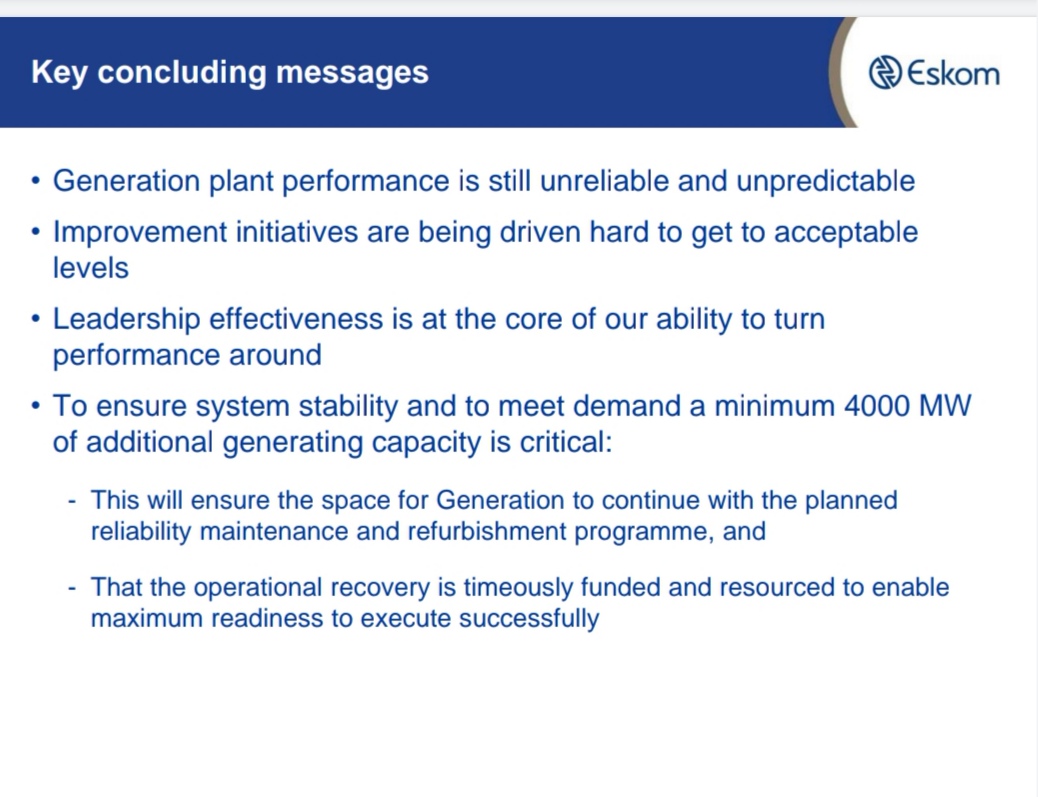How much of a waste is load shedding? About 57.
That’s how many days South Africans have had to endure load shedding in 2021 so far. Following the disastrous year that was 2020 (thanks, COVID), people in the country haven’t seen much in terms of reprieve. Load shedding is especially harmful to employees and gig workers who make money by working from home.
It’s clear that the utility is failing South Africans more each year. In 2019, the utility shed a total of 533 hours. In 2020, it shed a total of 846 hours — almost 300 more than the previous year
The year’s not even concluded yet and the recent announcement of Stage 4 puts 2021 on track to complete approximately 57 days of load shedding by Saturday 30 October (or a whopping 893 hours), according to an internal Eskom report.
Those numbers are just going up — and we still have a full two months to complete before we put this year to bed.
A report released by the Council for Scientific and Industrial Research (CSIR) in August 2021 details load shedding from the first half of the year: “South Africa unfortunately experienced loadshedding for 650 hours in H1-2021 (15% of the time) wherein 963 GWh of estimated energy was shed (mostly Stage 2 loadshedding). This is 76% of the total loadshedding experienced during 2020.”
Load shedding Stage 4, for now

The state power utility says that its generation performance is “…still unreliable and unpredictable,” and it still needs an additional capacity of 4,000MW this week to maintain continuous power.
Today, Eskom announced increasing load shedding to Stage 4 from Stage 2, due to the fact that three of its generation units tripped: Medupi, Kusile and Matla. In addition to this, units at the Lethabo and Arnot stations were forced to be shut down.
Stage 4 is set to continue until Friday, 29 October, after which the utility may scale down to Stage 2. Or perhaps South Africans are in for a very scary Halloween this weekend.




